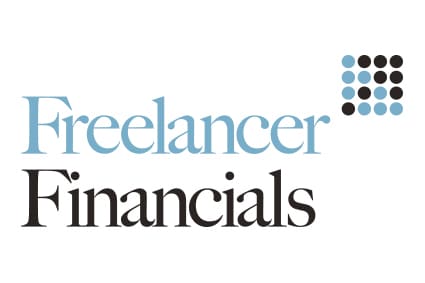Submit your 2017 tax return now to be certain of your tax bill
The normal Self-Assessment time limit for individuals filing their 2017 tax returns is 31st January 2018. That, however, is the final date for submitting that return to HMRC otherwise a penalty will be incurred. Returns can, of course, be filed at any time up to 31st January and it makes good sense to get it done and out of the way as early as possible.
Many individuals in the Self-Assessment system have to pay tax bi-annually, ie 31st January and 31st July. The 31st January combines a balancing payment of tax for the actual tax year covered by the tax return plus the first interim payment on account for the following year. The latter is equal to half of the previous year’s liability and is therefore a payment upfront. As is the second interim payment on account due by 31st July.
Example
Elena habitually files her tax returns on 31st January and submits her 2016 tax return on 31st January 2017. Her total tax liability is £8,000 of which she has already made £5,000 in payments on account. Her payments of tax in 2017 are as follows:
Due by 31st January 2017
| 2015/16 balancing payment (£8,000 – £5,000) | 3,000 |
| 2016/17 first interim payment on account (half of 2015/16) | 4,000 |
| Total | 7,000 |
Due by 31st July 2017
| 2016/17 second interim payment on account | 4,000 |
If Elena’s 2017 tax return gives rise to a final tax bill for 2016/17 of, say, £6,000 she will have advanced a payment of tax of £2,000 by six months. This is because she will have paid £8,000 in January and July 2017, whereas only £6,000 is due.
Filing your 2017 tax return within good time before the 31st July 2017 will enable you to establish the right amount of tax and reduce the second interim payment on account if your tax liability has decreased. Where this is the case, then an individual can make application to reduce their payments on account via their HMRC online account. Alternatively, this can be done by completing form SA303 and posting to HMRC.
In the example above therefore, if Elena files her 2017 tax return on 30th June 2017, then she can apply to reduce her 2016/17 payments on account to £3,000 each.
Even if it is not possible to file your 2017 tax return before 31st July 2017, if you have correctly calculated your 2016/17 tax liability and this gives rise to lower payments on account, an application can still be made. A word of warning however, you must be absolutely certain of your figures because if payments are reduced below what they should have been, interest will be charged on the shortfall and, in circumstances of a fraudulent or negligent application, a penalty as well.
If the liability is greater than the required payments on account, then the taxpayer can simply pay the original payment on account and the balance on 31st January 2018.
Early filing of your 2017 tax return will also establish what payments of tax are due on 31st January and July of 2018 thereby enabling you to budget a year ahead. It will also take the stress out of rushing around in January to file your return by deadline date.





Leave a Reply